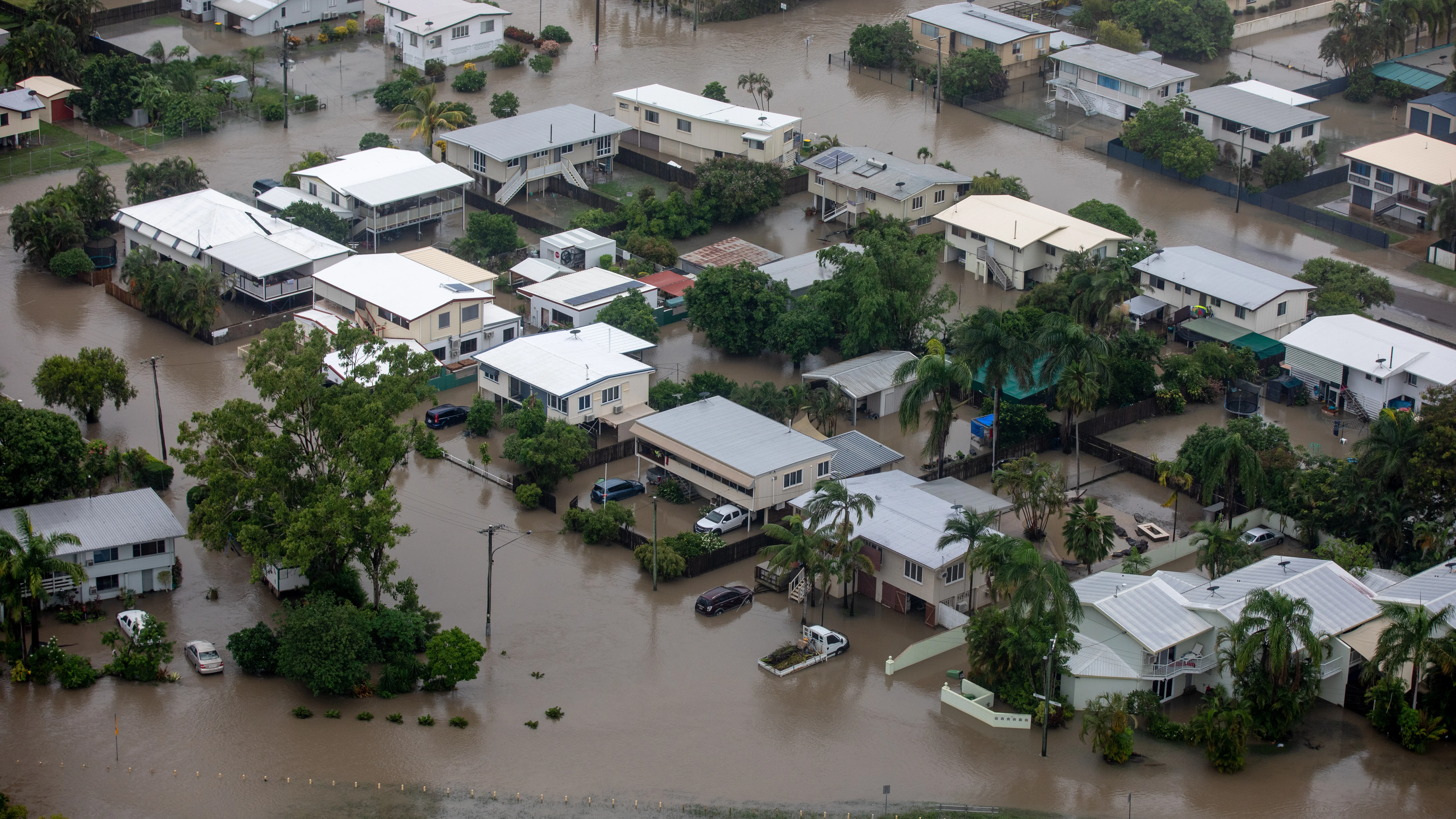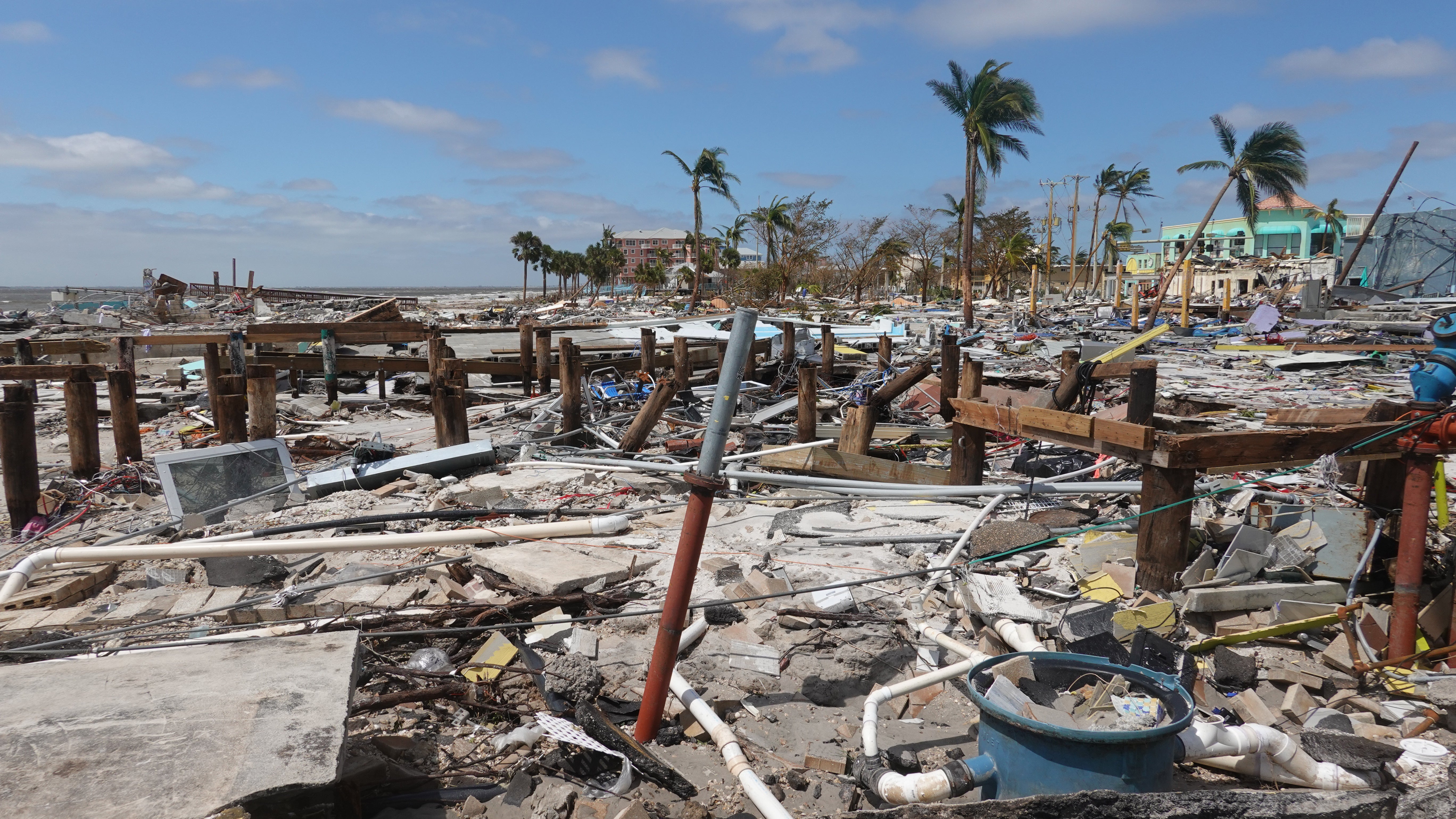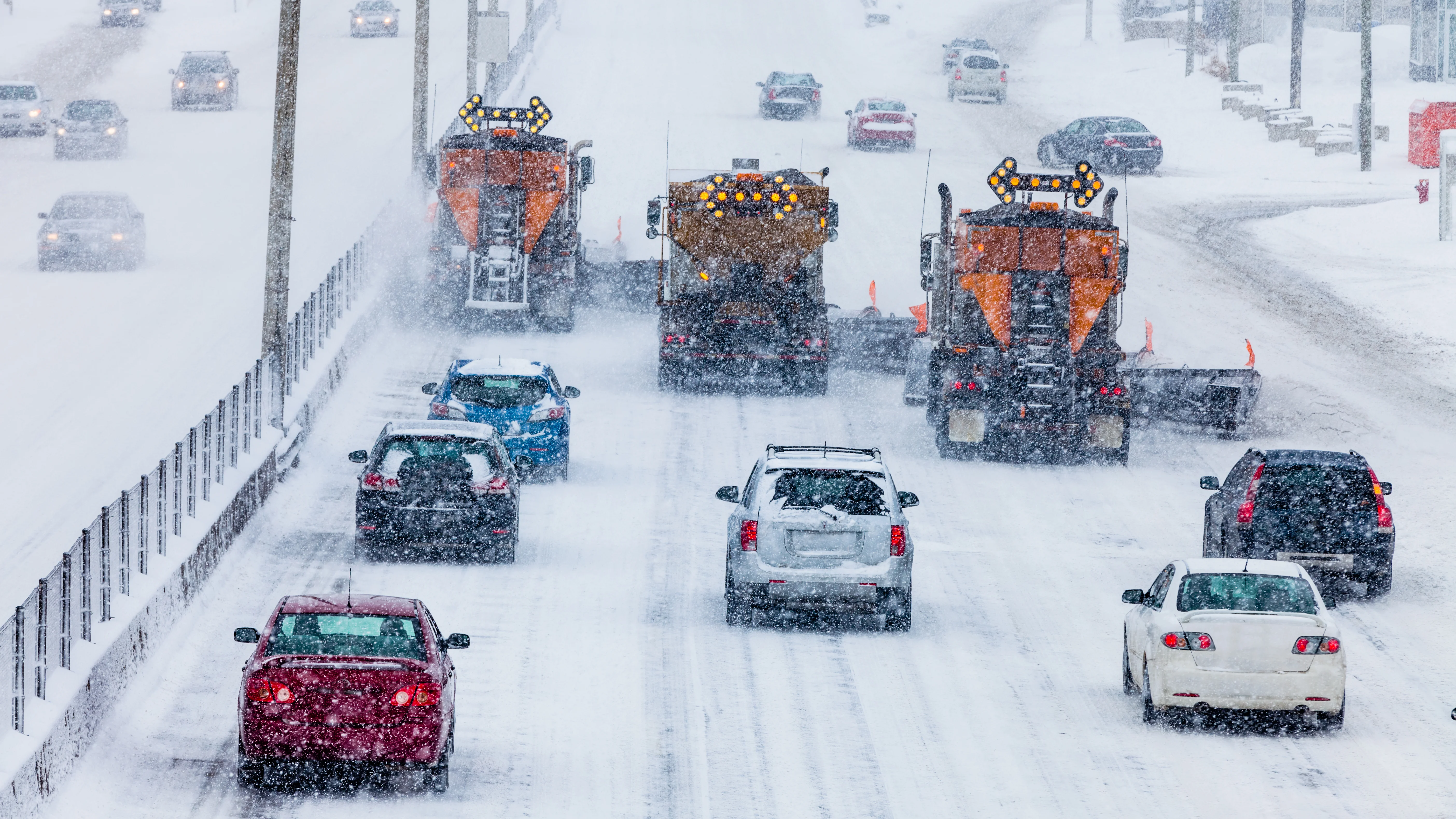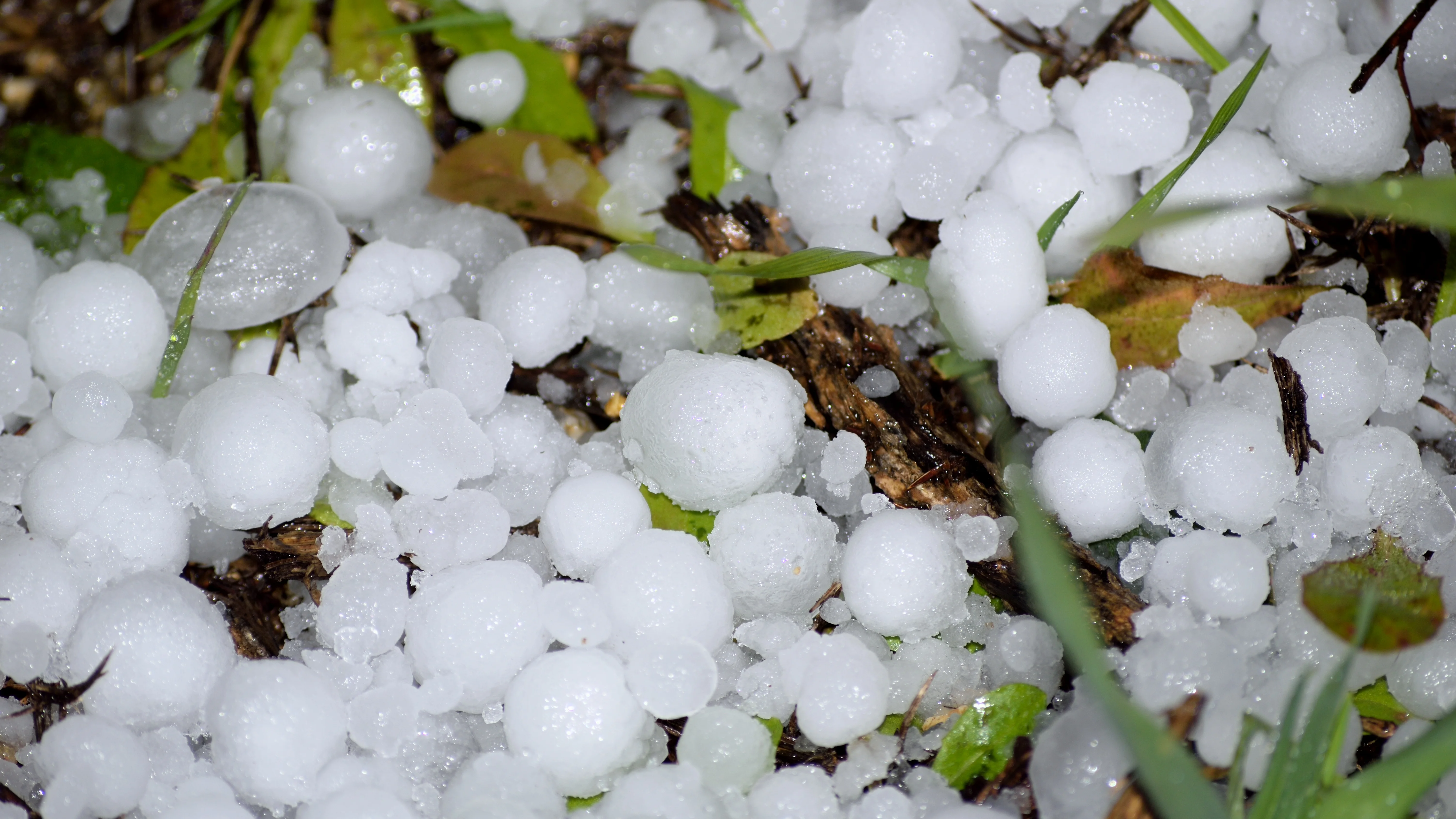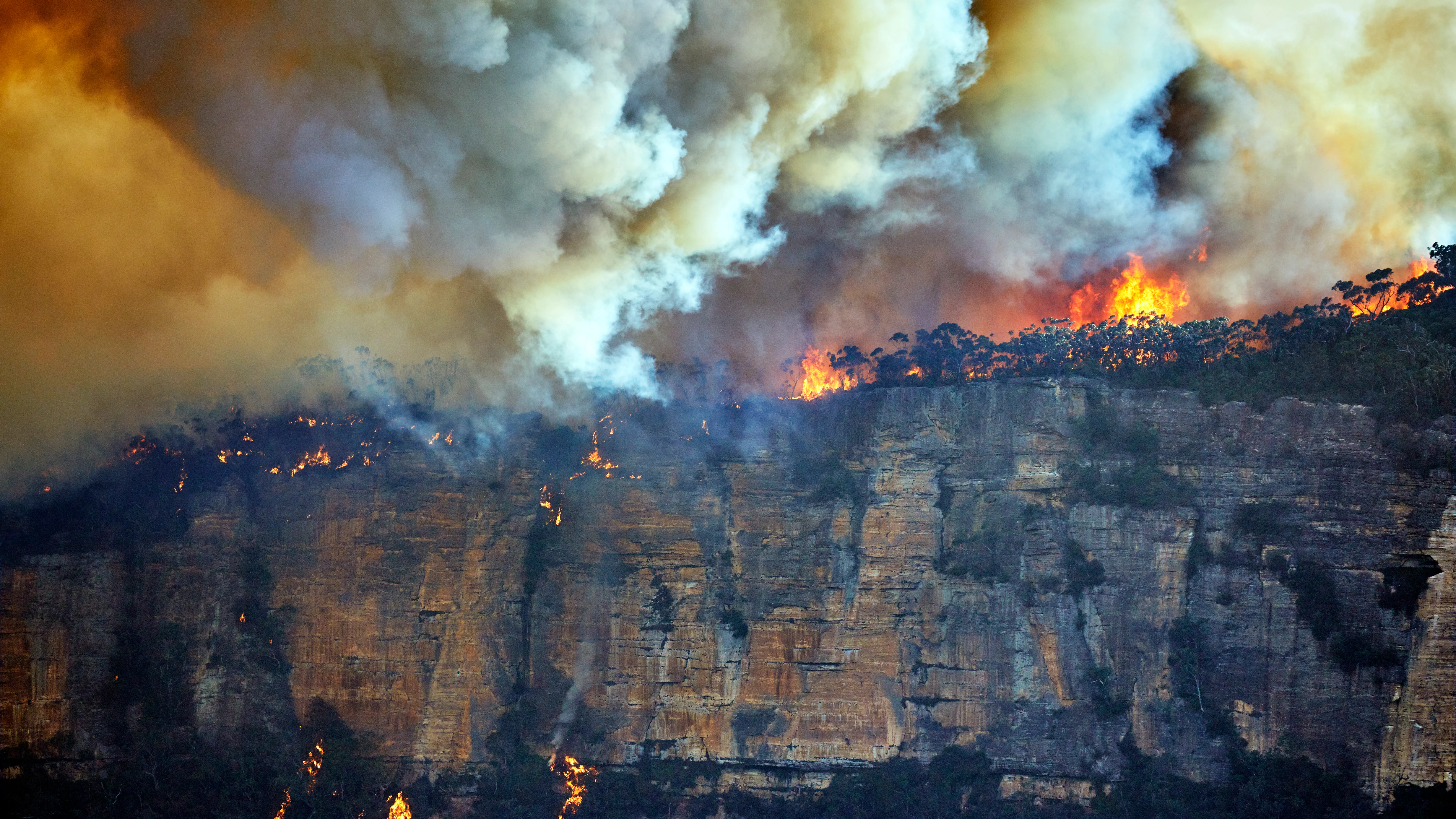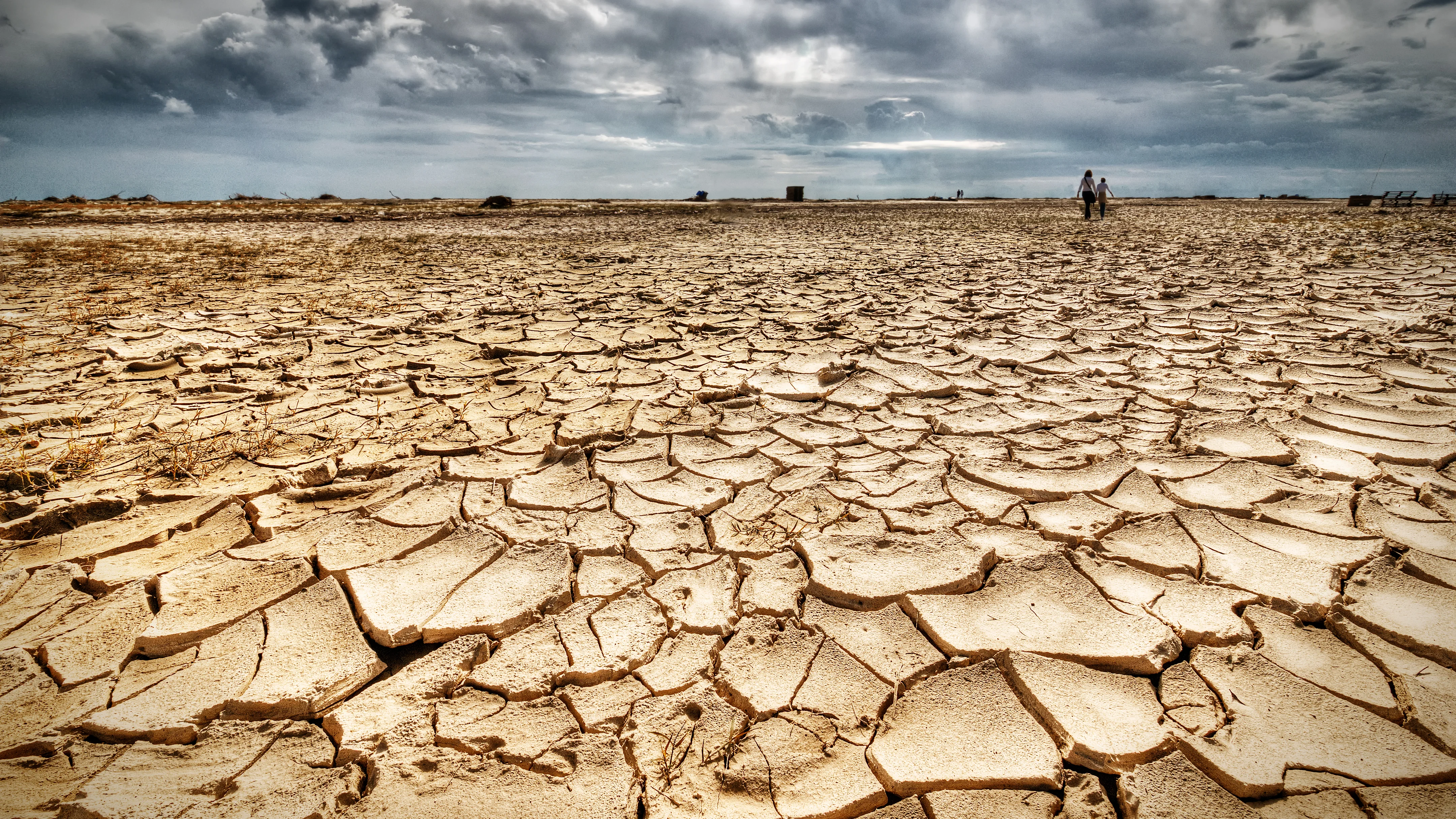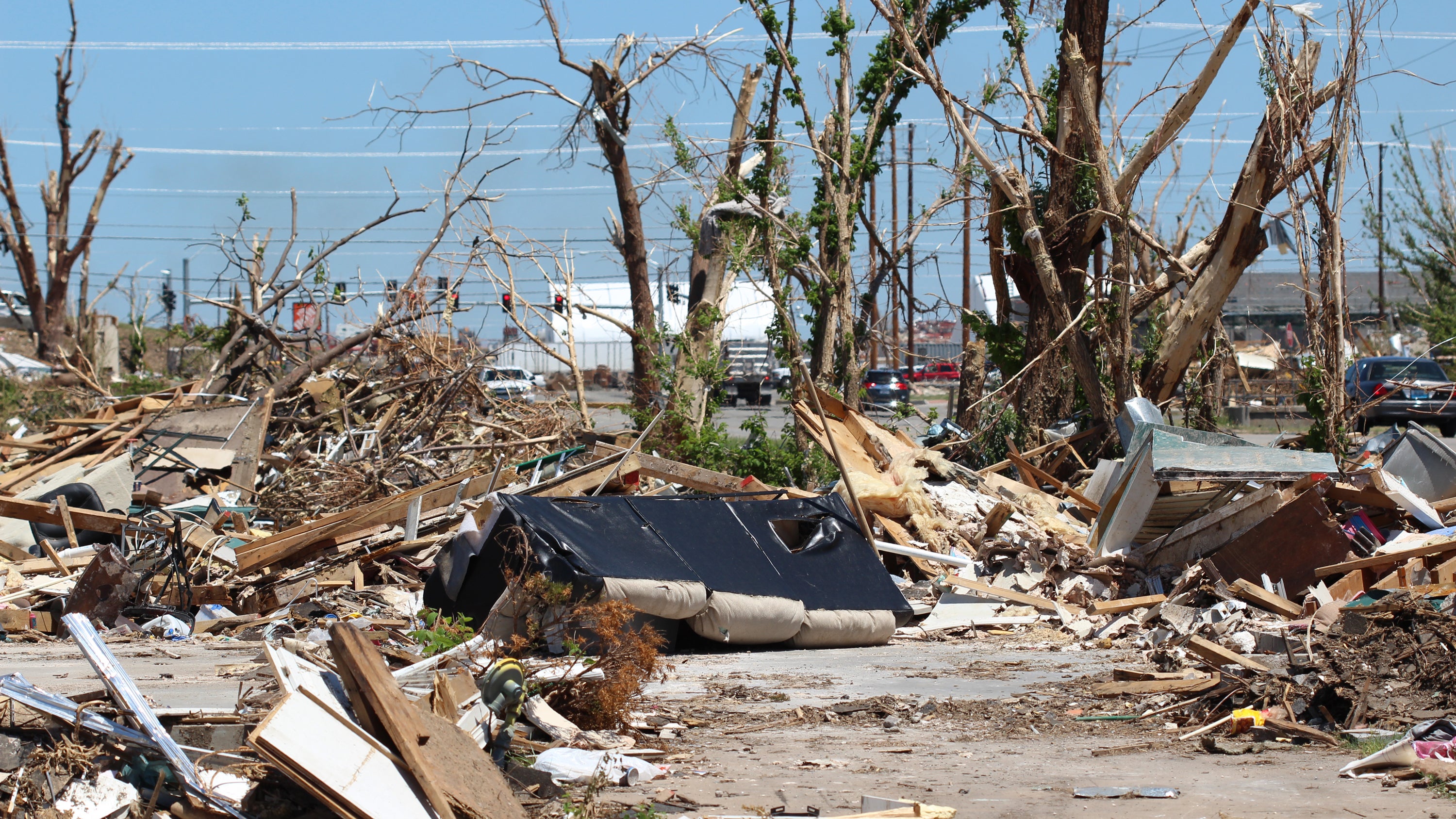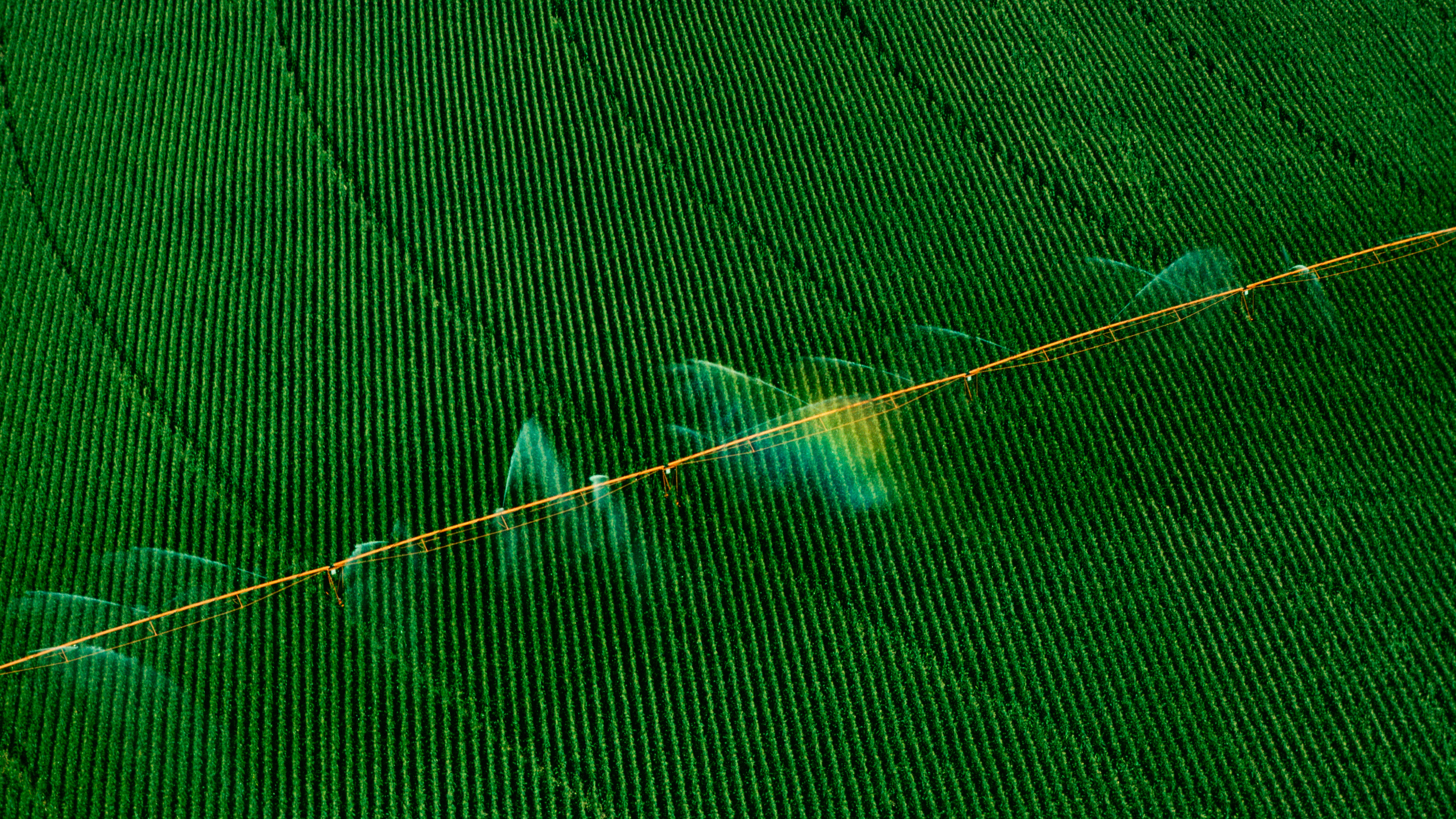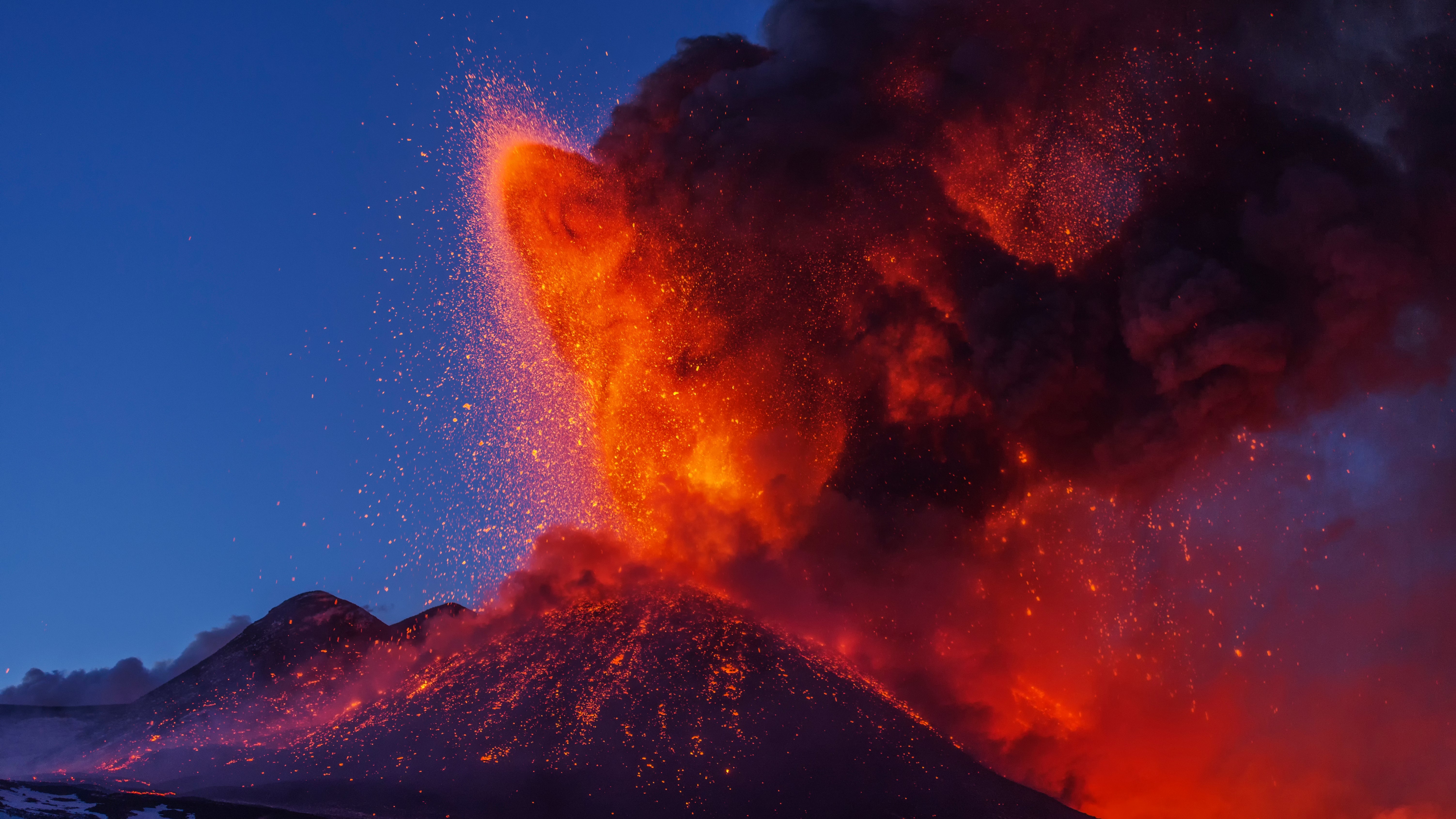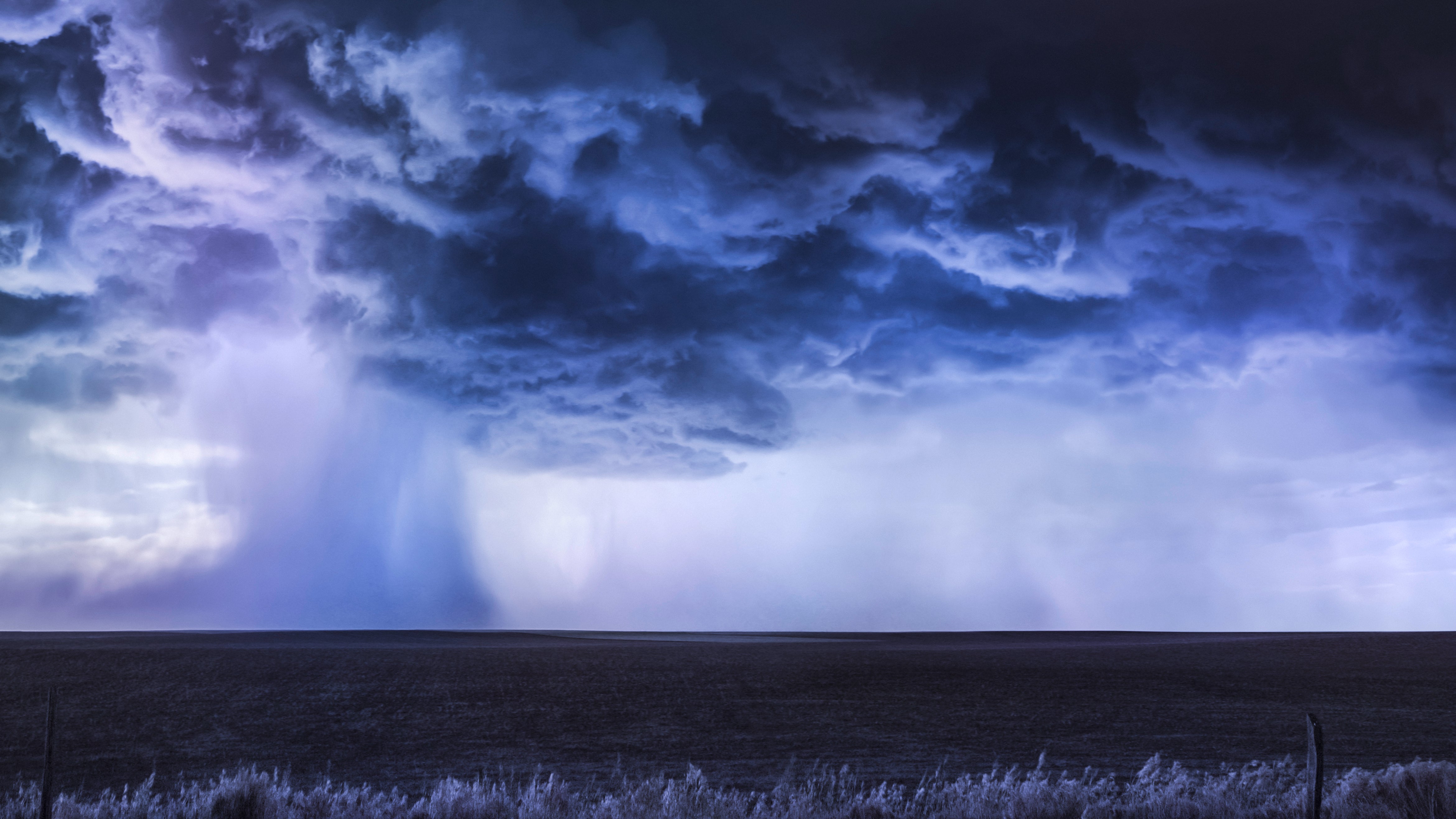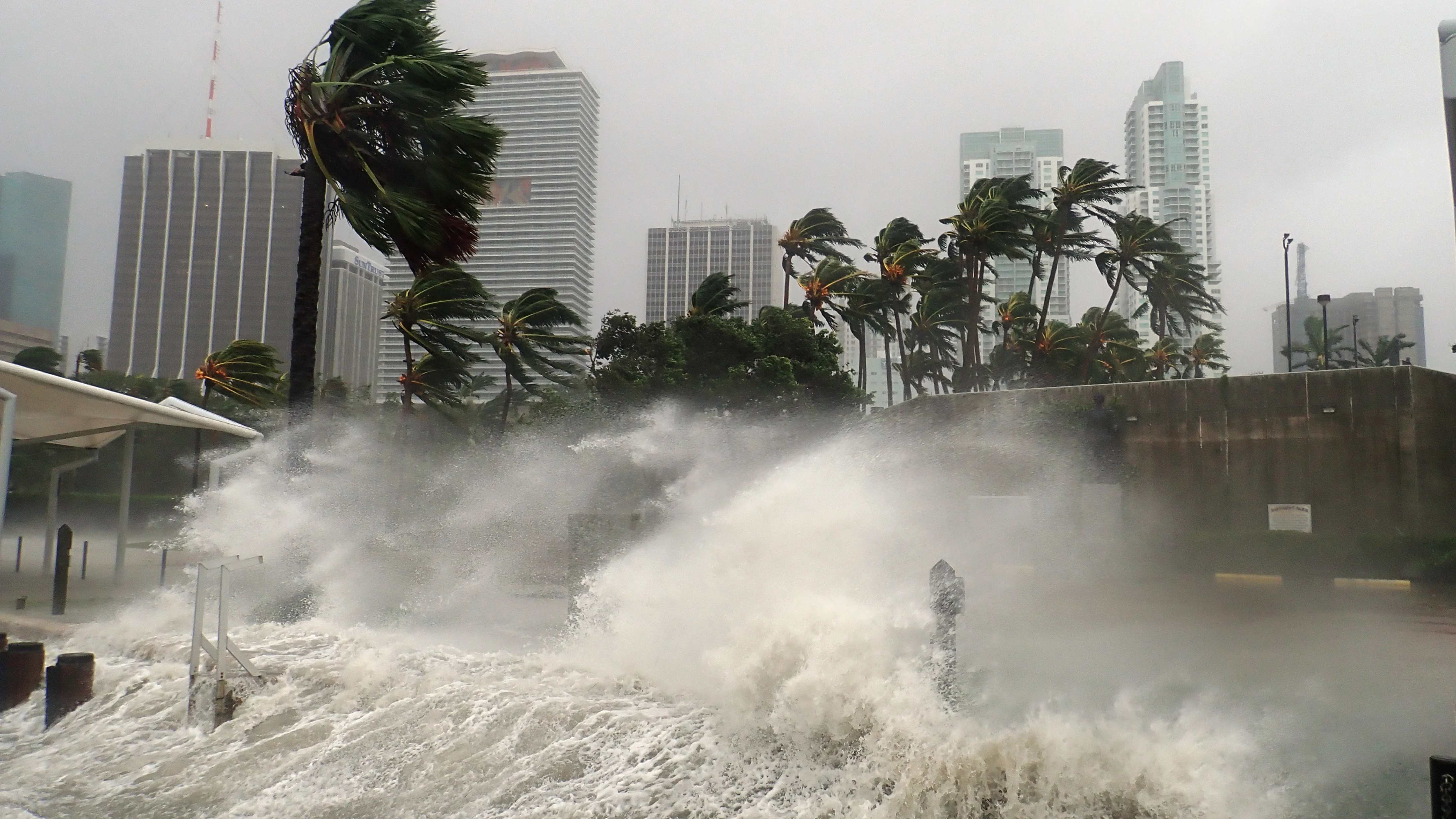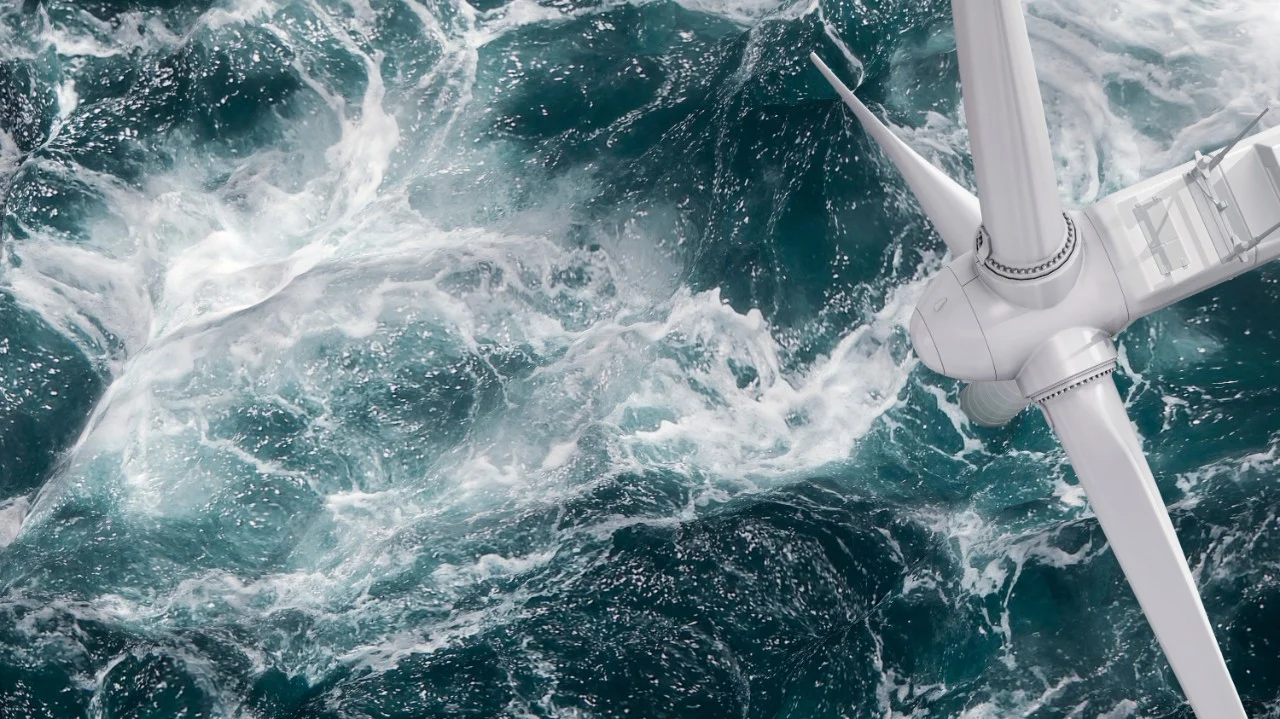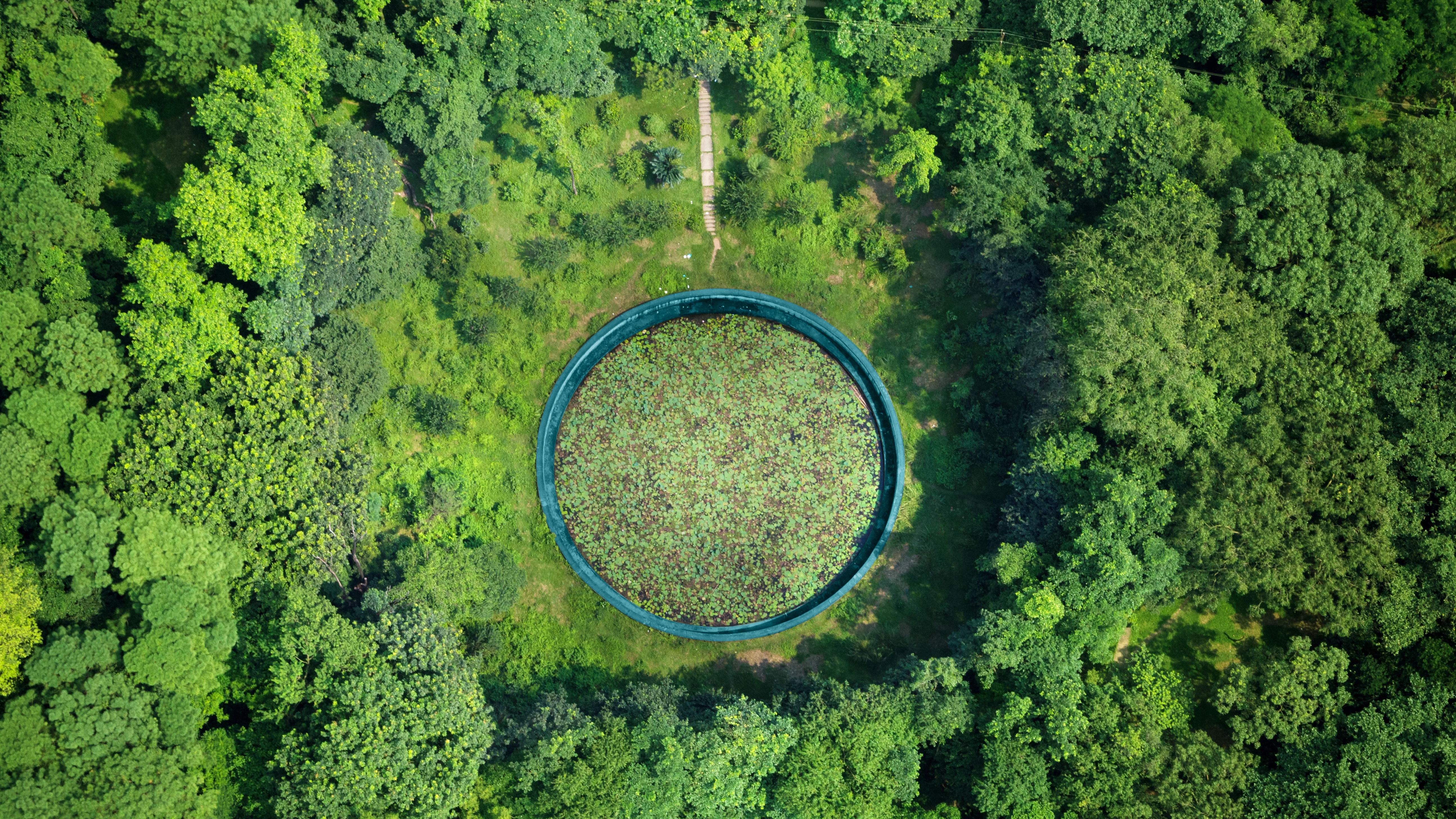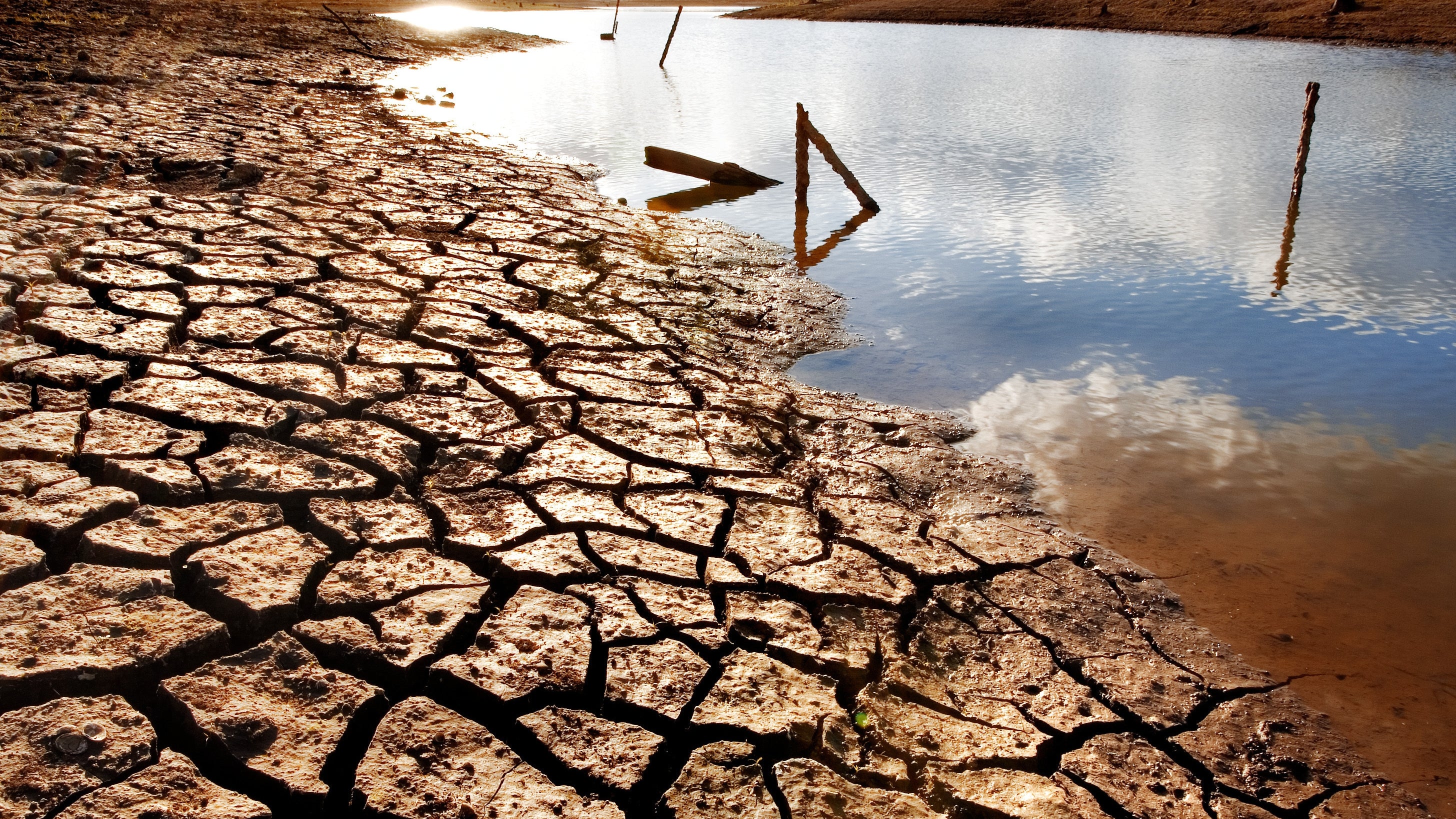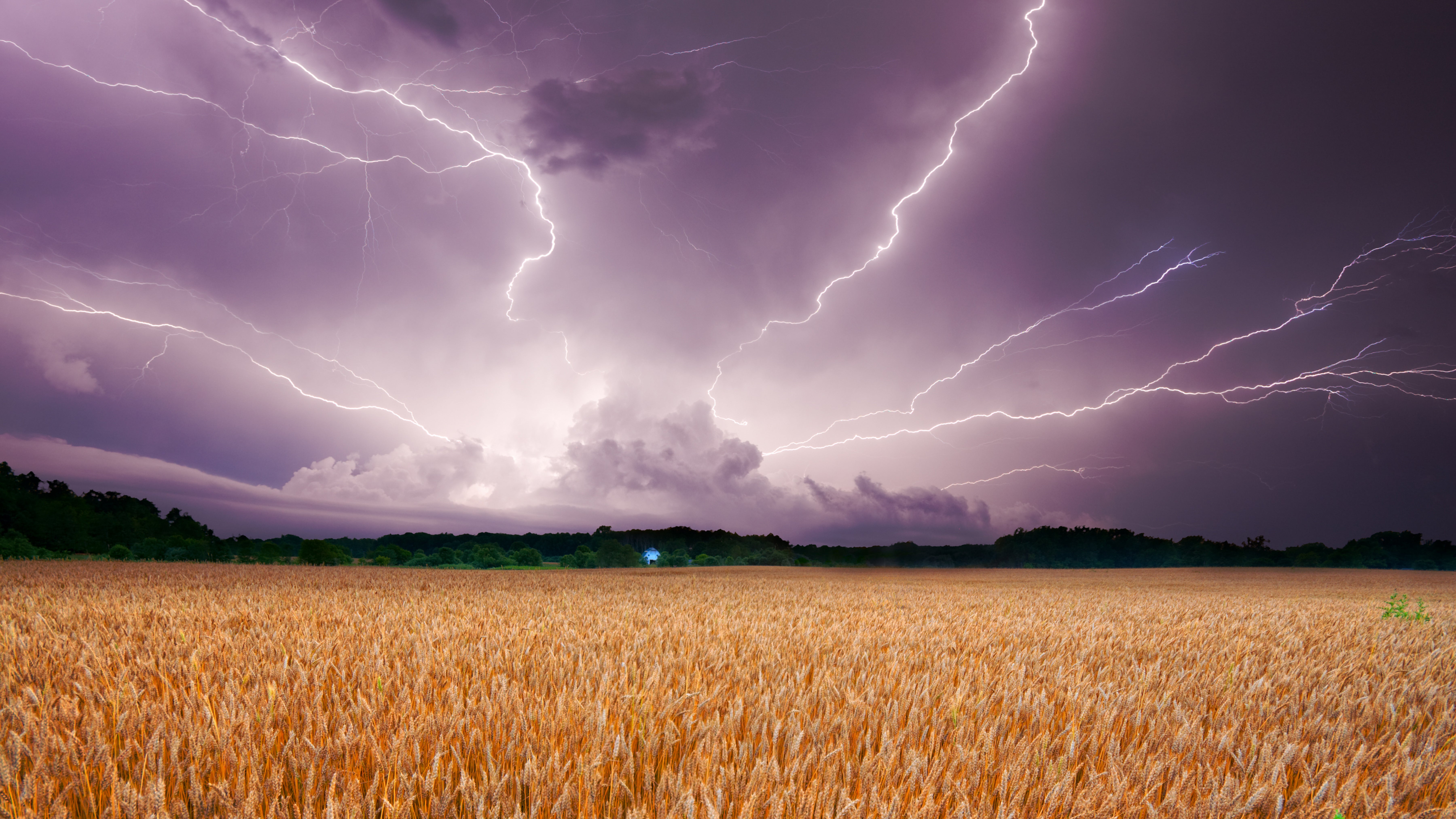properties.trackTitle
properties.trackSubtitle
What is the impact of climate change on the risk?
Sea ice and glaciers are melting, and the sea level is rising, currently at an average rate of around 3 mm per year.
Higher temperatures result in greater evaporation, which adds to the energy content in the atmosphere. The probabilities for individual meteorological parameters and weather patterns are changing – something that is especially relevant from a risk perspective.
If weather extremes become more frequent and/or more intense, losses will increase unless specific mitigation measures are implemented. These could include structural engineering measures or more stringent land-use regulations.
There is scientific evidence for the influence of climate change on severe thunderstorms with hail in North America and Europe, on wildfires in California, and on heatwaves and droughts.
In recent years, tropical storms (called hurricanes, typhoons or cyclones depending on the region where they occur) have been accompanied by increasingly extreme precipitation. There are also indications that the proportion of especially severe storms is rising.
Individual loss events cannot be attributed to climate change alone. However, the analysis of long-term trends in meteorological data, in conjunction with underwriting and socio-economic data, provides important information on the changing risks emanating from weather hazards.
Climate change and greenhouse gases – a simplified explanation of a complex process
Decisive action required
The insurance industry is directly affected by the consequences of climate change. Weather extremes result in higher levels of damage to buildings and infrastructure, as well as in crop shortfalls in agriculture. Essentially, there are two main challenges:
Firstly, the crucial question to be answered is whether and how risks in insurance and investment are changing. The next step would then be to develop loss mitigation solutions in the form of risk transfer through insurance and portfolio management for investments.
The importance of the Paris climate targets in the fight against climate change
Climate change makes decisive action absolutely essential in order to limit global warming to significantly below 2 °C, and if at all possible to 1.5°C, compared with the pre-industrial global temperature level. This is also the goal of the international community and was thus enshrined in the Paris Agreement in 2015, under the auspices of the United Nations, in order to limit the negative impact of climate change. In many regions, increased warming of the atmosphere and oceans has serious consequences for the environment and society: stronger storms, droughts, floods, seal-level rise. Besides direct physical damage from natural disasters, these in turn also lead to long-term impacts on agriculture and species diversity.
Projections from scientific climate models indicate that warming of 1.5 degrees will be reached or even exceeded in this decade or the next if no effective measures are taken to reduce greenhouse gas emissions.
The last ten years were the ten warmest ever. And this despite the fact that some of those years (2020-2022) were characterised by a so-called La Niña phase – of the natural ENSO climate oscillation – which tends to have a cooling effect on global temperature. With the opposite effect – a so-called El Niño phase, like in 2023 –, temperatures usually turn out to be noticeably higher.
Curbing climate change
New technologies in the fields of power generation, transport, energy storage and industrial production are needed to limit global warming. The focus for us therefore is on devising insurance solutions for these technologies in order to facilitate their market entry.
Solutions for the assessment and management of risks
Reinsurance solutions
Industry solutions

